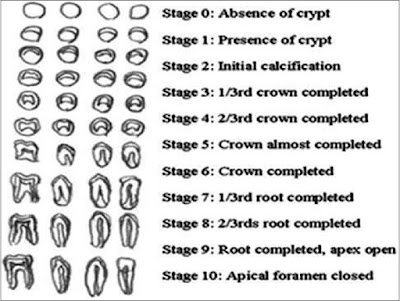| Vitamin | General Manifestations of deficiency | Oral manifestations of Deficiency |
|---|---|---|
| Vitamin A |
|
|
| Vitamin D (Anti rachitic vitamin) |
|
|
| Vitamin E (anti -sterility vitamin) |
| ------- |
| Vitamin K (Coagulation vitamin) |
| Prothrombin levels below 35% results in gingival bleeding after toothbrushing Spontaneous gingival hemorrhages occur, when the prothrombin levels fall below 20%. |
| Vitamin | General Manifestations of deficiency | Oral manifestations of Deficiency |
|---|---|---|
| Vitamin C (Ascorbic acid) |
| The pathognomic sign is the swollen and spongy gums, particularly the interdental papillae is involved producing the appearance of scurvy buds. In severe cases, hemorrhages to periodontal membranes followed by loss of bone and loosening of teeth occurs. |
| Vitamin B1 (anti beri-beri or anti neuritic vitamin) |
| ------- |
| Vitamin B2 (Riboflavin) |
|
|
| Niacin |
|
|
| Vitamin B5 (pantothenic acid or chick anti dermatitis factor) |
| ----- |
| Vitamin B6 (Pyridoxine) |
| ----- |
| Biotin (Anti egg white injury factor) |
| ------ |
| Folic acid |
|
|
| Vitamin B12 (anti pernicious vitamin or extrinsic factor of Castle) |
|
|

